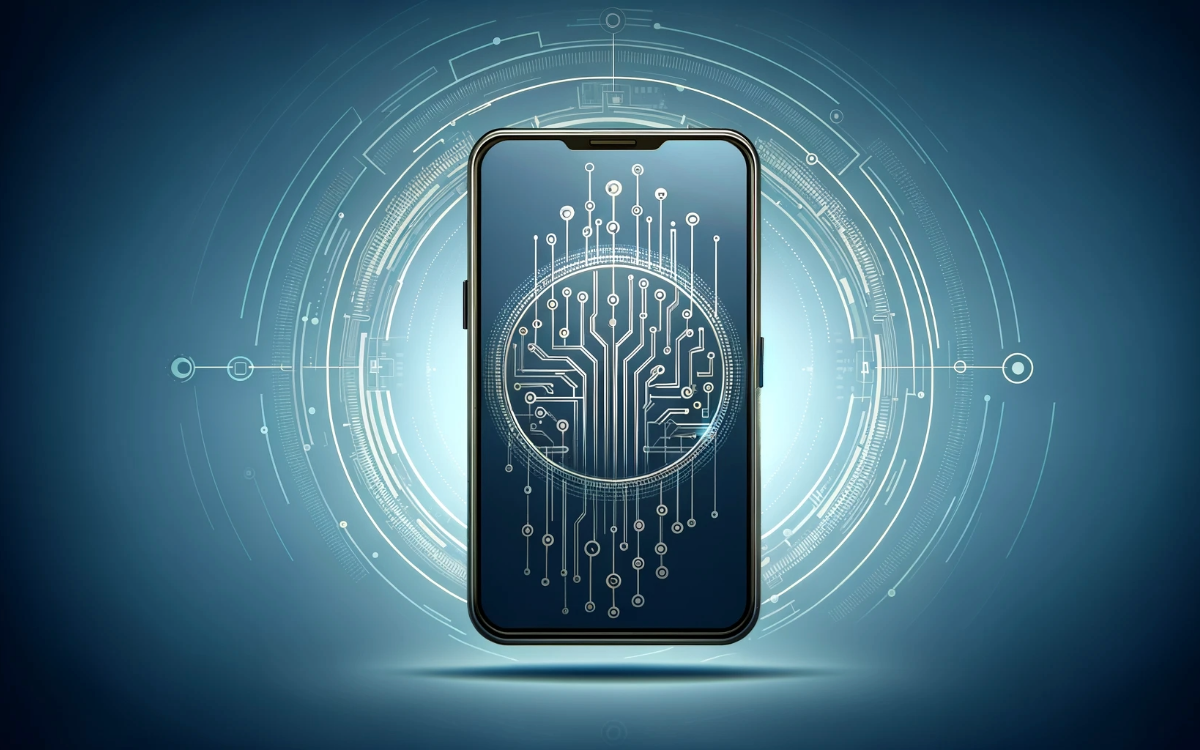With over 15 billion mobile devices globally, they’re an everyday part of most people’s lives, whether at home or in the office. Smartphones alone are owned by 85% of Americans due to their usefulness, availability, and ease of use. However, convenience makes it easy to forget the importance of mobile device security. With technology being widespread, cybercriminals can target people digitally from anywhere in the world.
Protecting yourself doesn’t have to be difficult, though. This week, we’re highlighting 15 easy ways you can improve your mobile device security. Whether you’re improving password management or reducing what people can view on your lock screen, picking and choosing some methods can help you improve your mobile device security.
Table of Contents
2. Use Mobile Device Security Software
3. Strong Authentication Can Improve Security
4. Manage Passwords Carefully
5. Routinely Review App Permissions
6. Download From Only Trusted Sources
7. Use Safe Web Browsing Habits
8. Secure Your Lock-Screen Information
9. Backup Your Valuable Data
10. Activate Remote Wipe
11. Monitor Account Activity
12. Avoid Public Wi-Fi for Better Mobile Device Security
13. Turn Off Bluetooth When Not Being Used
14. Use Secure Text Messaging
15. Stay Educated About Mobile Device Security
1. Keep Your Mobile Device Updated
Routine updates are a vital part of mobile device security. Software, app, and device updates often include critical patches for security vulnerabilities that have been found. The longer a security gap goes unpatched, the more time hackers have to develop ways to target that area. Make sure to enable automatic updates or check for patches regularly.
2. Use Mobile Device Security Software
Installing well-known mobile device security software can give your device an edge against cyberattacks. This software can detect and neutralize threats before they do harm. Look for security apps that offer a range of features, including virus scanning, phishing filters, and the ability to lock or wipe your device remotely. Ensure this software is kept current, just as you would with your device’s operating system.
3. Strong Authentication Can Improve Security
One of the simplest yet most effective ways to enhance your mobile device’s security is to use strong authentication. Two-factor authentication (2FA), which requires two verification methods, can greatly reduce the risk of unauthorized access. That could be a combination of something you know (a password or PIN), along with a fingerprint, voice, or facial recognition.
4. Manage Device Passwords Carefully
You wouldn’t keep the key to your house or car sitting outside where it’s easy to find. Password security is the same way. Use passwords that are hard to guess while being easy to remember. Never use the same password across multiple sites or apps, as this can leave multiple accounts vulnerable if one is breached. Consider using a password manager to keep track of your login information.
5. Routinely Review App Permissions
Every app on your device may need access to certain data or functions. However, many ask for permissions well beyond what they need to function. For instance, a flashlight app shouldn’t need to access your contact list. With up to 85% of targeted cyberattacks being preventable through updates and permission controls, reviewing what apps can access is well worth the time.
6. Download From Only Trusted Sources
Apps and files should only be downloaded from trusted sources, such as official app stores, or directly from verified developers. These sources typically have security measures in place to check for malicious software. Avoid downloading apps from unknown websites or clicking on suspicious links in emails or text messages.
7. Use Safe Web Browsing Habits
When browsing the web on your mobile device, always use safe browsing habits. Make sure “https://” is at the beginning of web addresses to ensure the site is secure. Be wary of pop-ups or ads that could lead to unsafe sites. Some mobile web browsing apps offer integrated security features. Additionally, regularly clearing your browsing history, cookies, and cache can prevent tracking and reduce the risk of data breaches.
8. Secure Your Lock-Screen Information
Your lock screen normally prevents unauthorized access, but it can also let people get a glimpse of personal info. Be cautious about the notifications that are displayed on your lock screen. Sensitive information, such as text messages or email previews, should be hidden or disabled. That ensures that personal data isn’t visible to anyone who casually glances at your device when locked.
9. Backup Your Valuable Data
Regular backups are an essential part of mobile device security. Doing so ensures you won’t lose important information like contacts, photos, and documents if your device is lost, stolen, or compromised. Cloud storage is the easiest way to handle backups and isn’t at risk of failure like a physical drive. Make sure to update the backup with your data and device settings routinely.
10. Activate Remote Wipe
In the unfortunate event that your mobile device is lost or stolen, having a remote wipe feature can protect your personal information from falling into the wrong hands. That is especially valuable for those with access to a lot of personal or company data. Remember that once this action is taken, it cannot be reversed, so it should be used as a last resort.
11. Monitor Account Activity
Keeping an eye on the activity of your online accounts is a crucial step in mobile device security. Regular monitoring can alert you to any unauthorized access or suspicious behavior. Most online services offer logs of recent activities, showing the date, time, device, and location of access. Enable notifications for unusual activity and review these logs periodically to ensure that all account activities are legitimate and initiated by you.
12. Avoid Public Wi-Fi for Better Mobile Device Security
Public Wi-Fi networks often lack strong security protocols, making them hotspots for digital eavesdropping and data interception. For better mobile device security, use public Wi-Fi sparingly, especially when banking or accessing company documents. If you must use public Wi-Fi, consider using a Virtual Private Network (VPN) to encrypt your connection.
13. Turn Off Bluetooth When Not Being Used
Bluetooth connectivity can be a target for cyber threats if left on constantly. When your device’s Bluetooth is active, it may be discoverable by other devices, which can pose a risk of unauthorized access or data sharing. To enhance mobile device security, turn your Bluetooth off when you’re not using it. When on, only pair with trusted devices. Never connect to something you’re not familiar with.
14. Use Secure Text Messaging
Some text messaging, such as SMS, can be insecure. That can allow anything said or shared by text to be viewed. Apple’s iMessage service automatically encrypts messages end-to-end. For Android devices, enable RCS chats, which is an encrypted alternative to SMS. Other messaging apps have variable levels of encryption, so it’s important to understand the security of any app you use.
15. Stay Educated About Mobile Device Security
Whether at home or work, cybersecurity awareness is valuable for mobile device security. Staying informed and acting on the latest security trends is easy and effective. Follow reputable technology news sources, subscribe to cybersecurity newsletters, and consider participating in online forums or local workshops. By staying educated, you’ll be more prepared to implement the best practices and tools to keep your mobile device secure.




